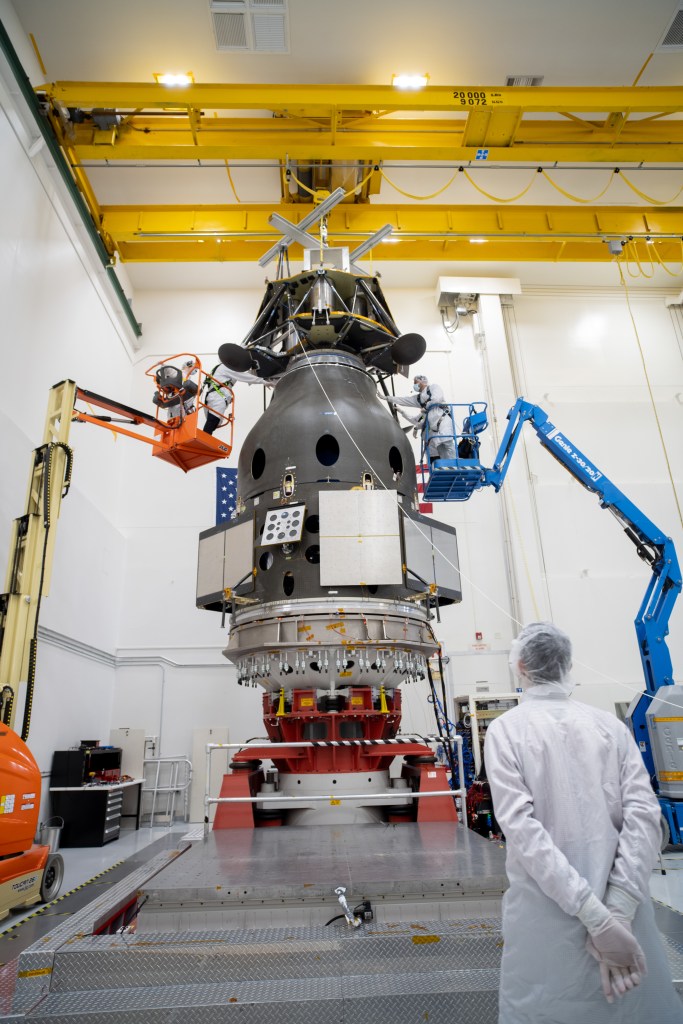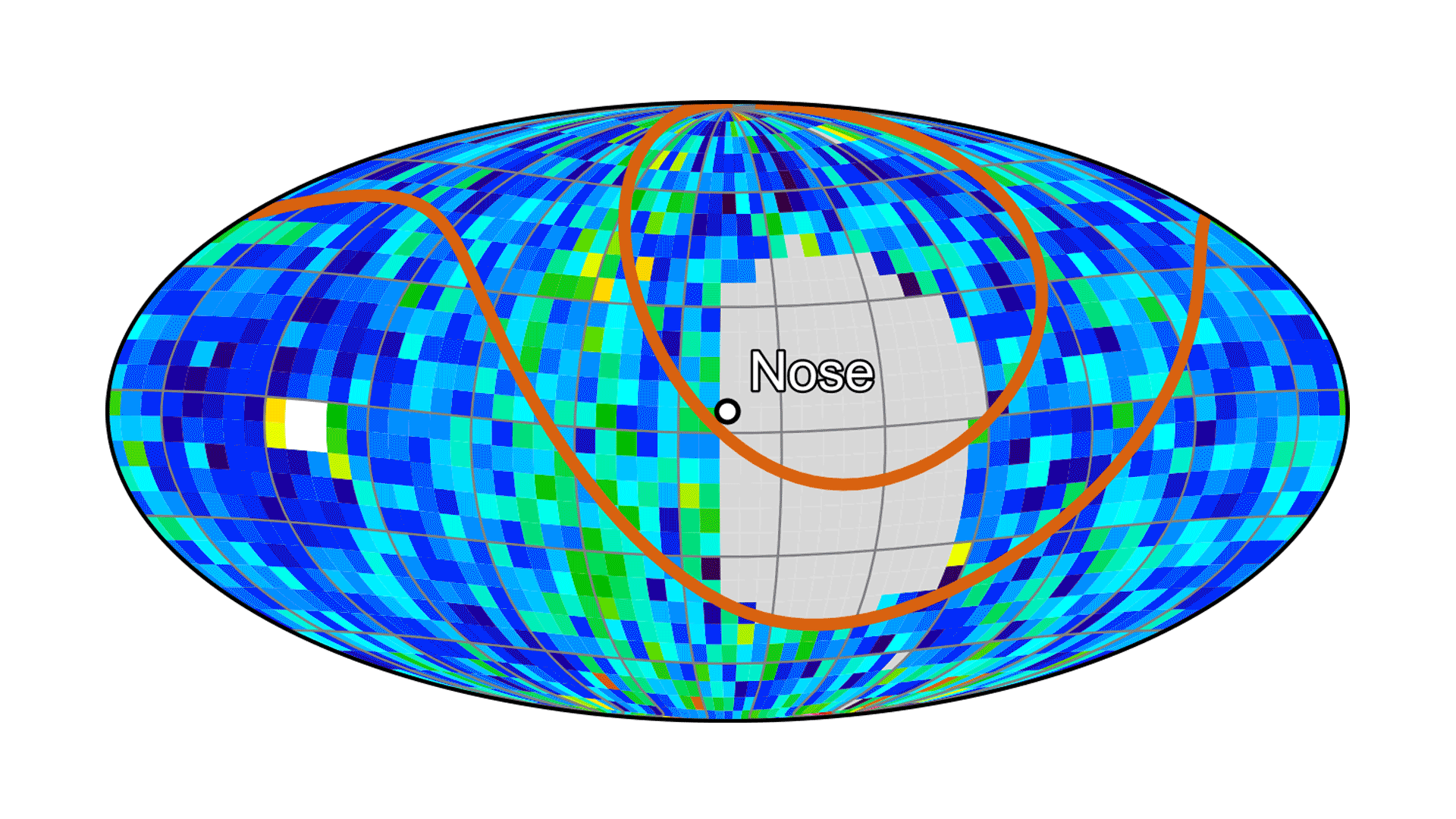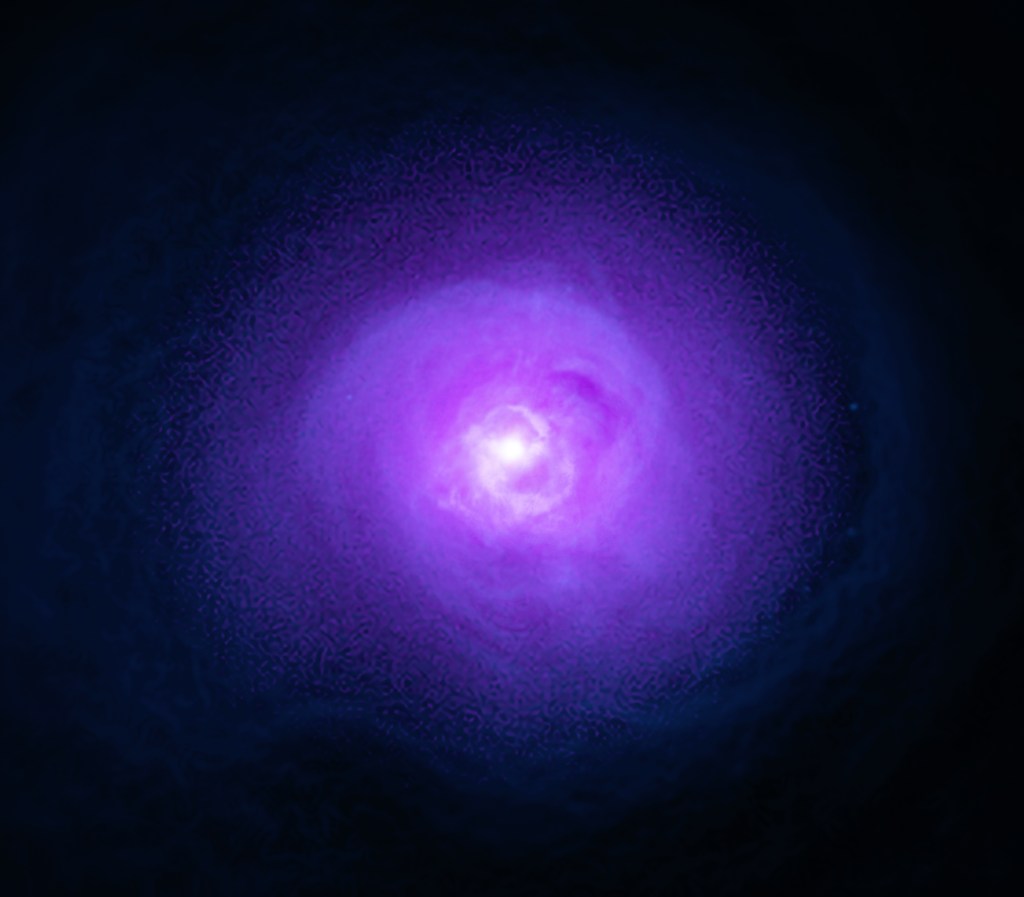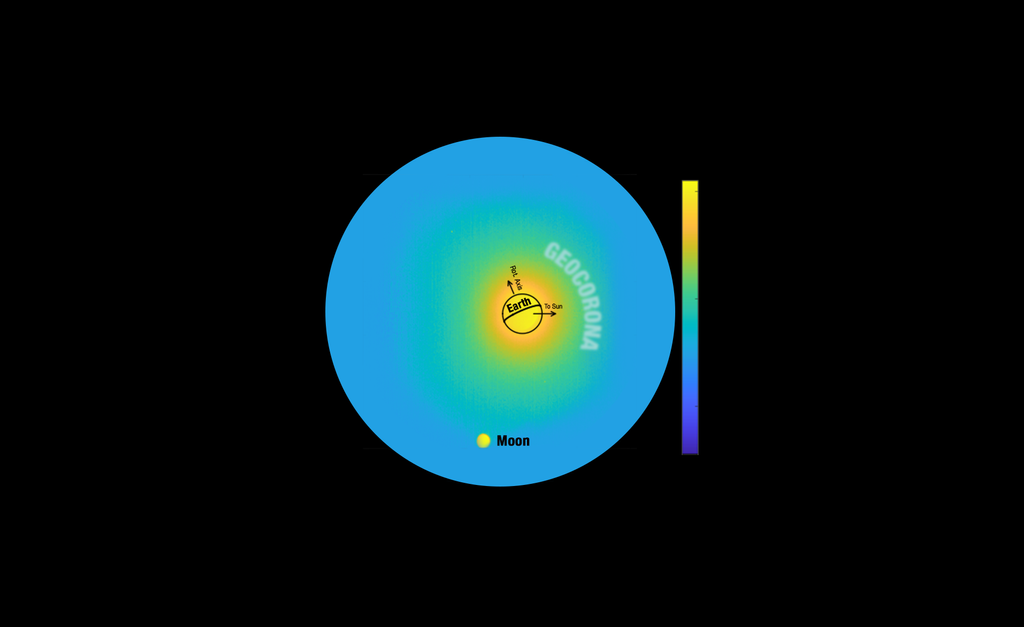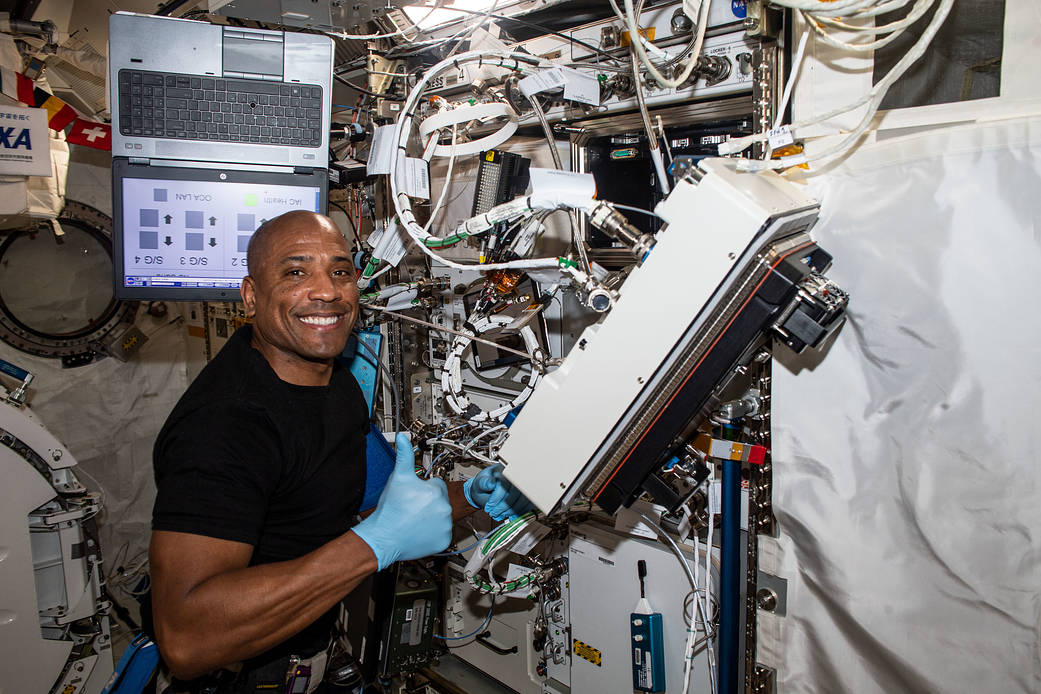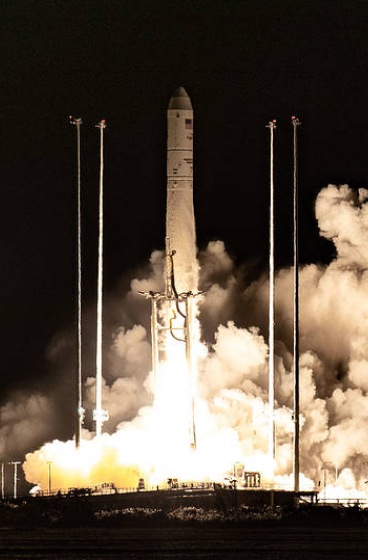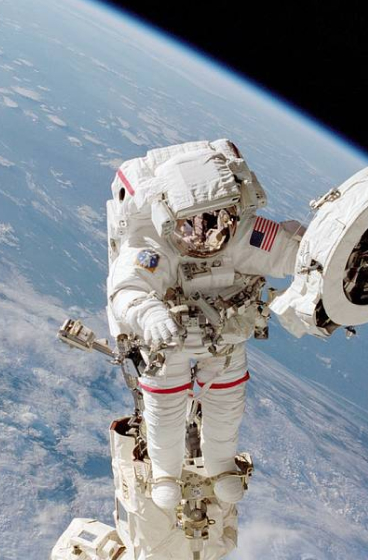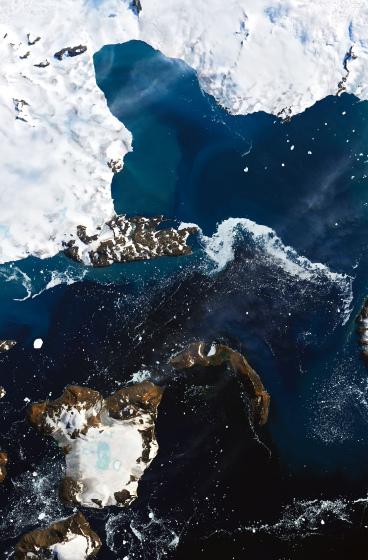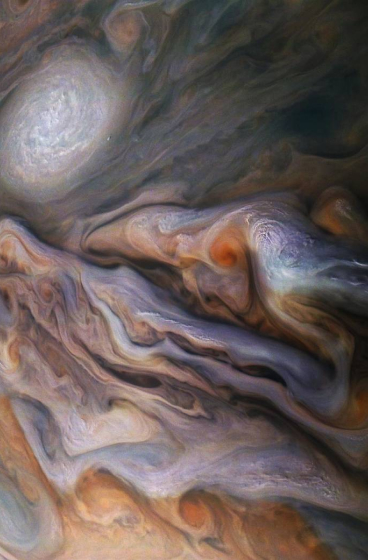Musculoskeletal
The Challenge
There exists very limited data for determining the effectiveness of human health and performance countermeasures intended to preserve astronaut health during long duration space exploration missions. Exercise countermeasures used in the Space Shuttle Program and on the International Space Station do not eliminate bone loss or muscle deconditioning. Without an effective countermeasure, astronauts lose bone density at a rate of 1-2% a month, which may lead to early onset osteoporosis and place the astronaut at greater risk of fracture after returning to the earth’s gravitational field.
The Research
The Computational Modeling Project developed computational simulations of humans using several exercise devices that might be used during an exploration mission. These simulations include both the device and the human, thus predicting the loading on both bone and muscle as a result of using the device. This provided both exercise scientists and exercise device developers quantitative comparisons between devices and exercise modalities.
The project also quantified both bone remodeling and demineralization, as well as muscle deconditioning. These models predicted both loss via disuse and preservation via appropriate exercise. These models also used force data produced by the integrated device and human models as input data which can be used to predict the time course of bone and muscle health as a function of exercise regimen during long duration exploration missions. Eliminating those losses was the goal of this work.
The Results
The Computational Modeling Project produced device models of the Advanced Resistive Exercise Device (ARED), which astronauts currently use onboard the space station and is the first exercise device experimentally demonstrated to reduce, but not eliminate, both bone loss and muscle deconditioning. ARED is, unfortunately, unable to fit within the confines of an exploration spacecraft, so the project delivered an integrated model of a human using the Hybrid Ultimate Lift Kit (HULK), a potential next generation exercise device, to perform squat and heel raise exercises. The project also delivered a bone turnover model capable of predicting bone mineral density, a measure of bone health, as a function of whether or not the astronaut exercised during a 180 day mission.
Technical Data
Published Articles and Technical Reports
- Evidence Book: Risk of Orthostatic Intolerance During Re-exposure to Gravity
- A Computational Model for Simulating Spaceflight Induced Bone Remodeling
- Integrated Biomechanical Modeling of Lower Body Exercises on the Advanced Resistive Exercise Device (ARED) Using LifeMOD
- Evaluating Daily Load Stimulus Formulae in Relating Bone Response to Exercise
- A mathematical model of oxygen transport in skeletal muscle during hindlimb unloading
- Predicting Bone Mechanical State During Recovery After Long-Duration Skeletal Unloading Using QCT and Finite Element Modeling
- Theoretical Analysis of the Mechanisms of a Gender Differentiation in the Propensity for Orthostatic Intolerance After Spaceflight
- Simulating Bone Loss in Microgravity Using Mathematical Formulations of Bone Remodeling
- Image-based computational fluid dynamics in blood vessel models: toward developing a prognostic tool to assess cardiovascular function changes in prolonged space flights.
- The NASA Digital Astronaut Project
Conference Presentations and Posters
- Adapting NASA-STD-7009 to Assess the Credibility of Biomedical Models and Simulations
- Pathway to Credible Practice Guidelines for Computational Modeling in Healthcare
- The Digital Astronaut Project: Applying Computational Modeling to Preserve the Health of Astronauts
- The Value of Biomedical Simulation Environments to Future Human Space Flight Missions
- Musculoskeletal Modeling Component of the NASA Digital Astronaut Project
- The Graphical Representation of the Digital Astronaut Physiology Backbone











